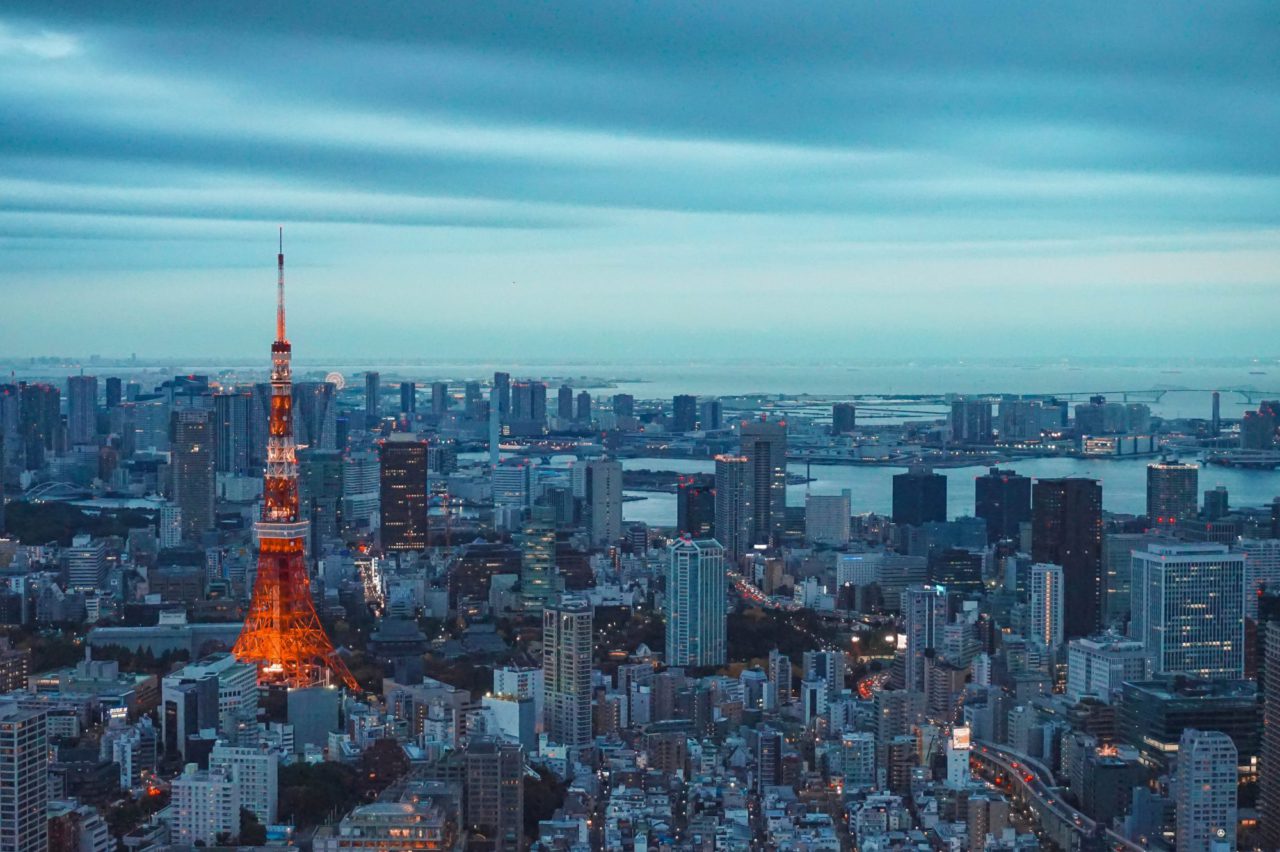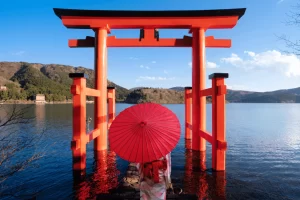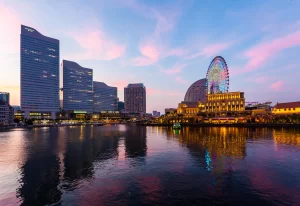Ultimate Guide to Tokyo Transfers for First-Time Visitors
Searching Tokyo’s Maze and Feeling Lost? Here’s how you become master of the city’s transfers!
Have you ever arrived in a foreign city, studied a large train map, and wondered, Where do I even start? If you are visiting Tokyo for the first time, you are going to have an adventure; but, negotiating its convoluted transport system can be taxing. Translating over 13 tube lines, several train operators, and countless transfer stations can easily lead one lost.
Still, don’t panic! A step-by-step breakdown of everything in this Guide to Tokyo Transfers will help you move around Tokyo like a pro. This guide will enable you to make every connection quick, simple, and stress-free whether your trip involves flying, hopping between neighborhoods, or rail line transfers.
1. Learning about Tokyo’s Transportation System
Tokyo’s system of transport is among the best in the world—effective, timely, and vast. For first-time visitors, though, it can also be perplexing mostly because several companies run the system. Starting with the fundamentals will help you travel with assurance.
Three Principal Forms of Transportation
Tokyo’s public transit system comprises:
- JR Yamanote Line (operated by Japan Rail): The most important for visitors since it links Tokyo Station, Shinjuku, Shibuya, and other major areas.
- Subway (Tokyo Metro & Toei Subway): Tokyo Metro has nine lines; Toei Subway runs four lines. These lines address territory the JR system does not cover.
- Buses: Handy for short trips, particularly in areas with restricted train or tube access.
- Other options: Trams, ferries, and cabs exist, but for most visitors, trains and subways will be the main means of mobility.
IC Cards: Your Tokyo Transfers Best Friend
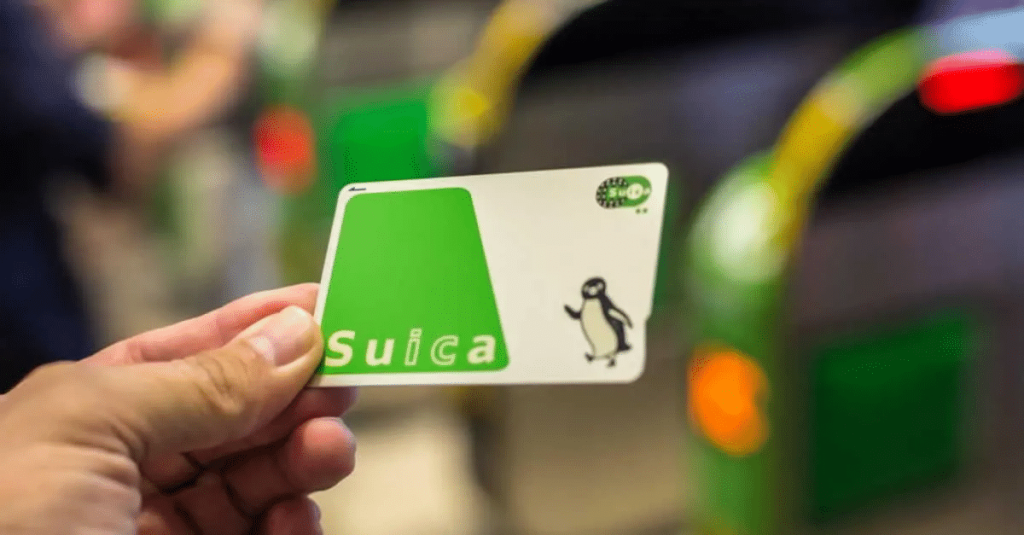
Get an IC card like Suica or Pasmo to enable seamless transfers. These rechargeable cards:
✅ Work on all buses, subways, and trains
✅ Can be used for vending machines and convenience store purchases
✅ Save time—you don’t have to purchase separate tickets for every trip
Where to acquire one? Train stations, airports, and convenience stores carry Suica or Pasmo for purchase. Just load it with cash, tap at the gates, then head off!
Train vs. Subway: When Should One Use What?
Ignorance of when to use JR instead of the underground is a common error made by visitors. Here’s a basic approach for choosing:
- Travel between big areas using JR Lines (e.g., from Tokyo Station to Shibuya).
- When traveling within a particular district—say, Asakusa to Akihabara—use the Subway.
- Check your route with Google Maps; it will highlight the fastest transfer choice.
Deciphering Train Maps from Tokyo
Tokyo’s train map initially seems to be a bowl of vibrant spaghetti, but it’s simpler than it first looks. Here’s how to interpret it:
- Blue Lines = JR trains (Yamanote Line, Chuo Line)
- Orange/Red Lines = Metro lines (Ginza Line, Marunouchi Line)
- Green Line = Yamanote Line—very helpful! This is the loop line of the city.
Given most signs are bilingual (Japanese and English), you won’t have any trouble navigating.
2. Arriving in Tokyo: Easy Airport Transfers
Your first Tokyo transfer occurs right upon arrival. Choosing the best way to get to the city will save you time and money whether your arrival point is Narita (NRT) or Haneda (HND).
How might one travel from Narita Airport (NRT) to Central Tokyo?
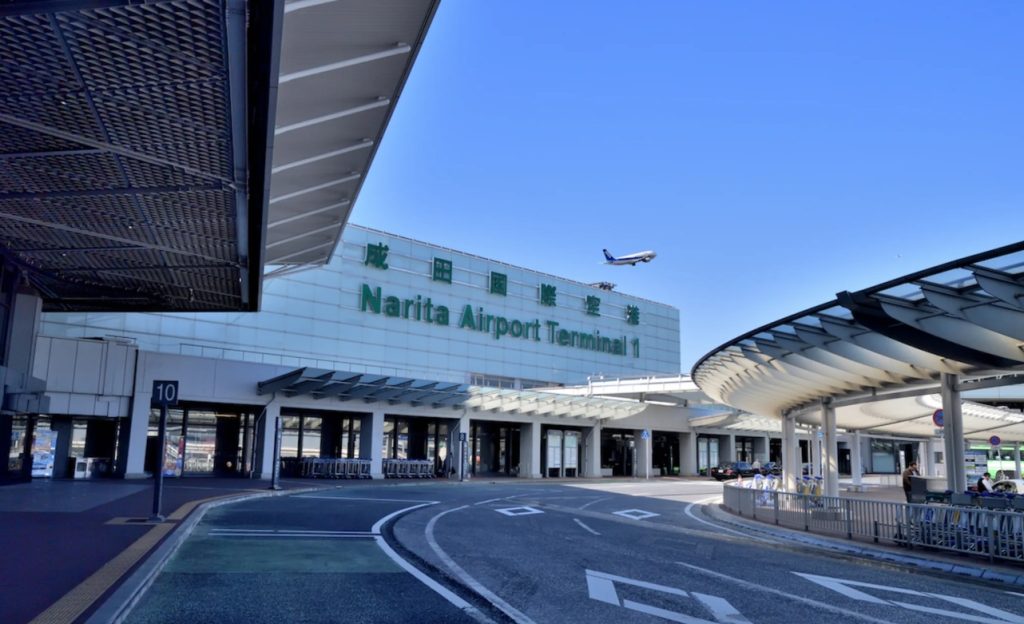
Narita is roughly 60 kilometers from the city center, thus depending on your preferred route, entering Tokyo can take anywhere between 40 minutes and two hours:
| Transfer Option | Best Time | Cost | Best For |
| Narita Express (N’EX) | 55 min | $28 | Direct, comfortable, ideal for Tokyo Station/Shinjuku |
| Keisei Skyliner | 41 min | $19 | Fastest way to get to Ueno/Nippori |
| Limousine Bus | 75-120 min | $14-$30 | Best if you have bags; it visits big hotels |
| Regular Keisei Train | 90 min | $10 | Budget-conscious travelers |
💡 Best Choice: Get the Narita Express if you are staying near Tokyo Station or Shinjuku. The Keisei Skyliner is more reasonably priced and quicker if your hotel is close to Ueno or Nippori.
How might one travel from Haneda Airport (HND) to Central Tokyo?
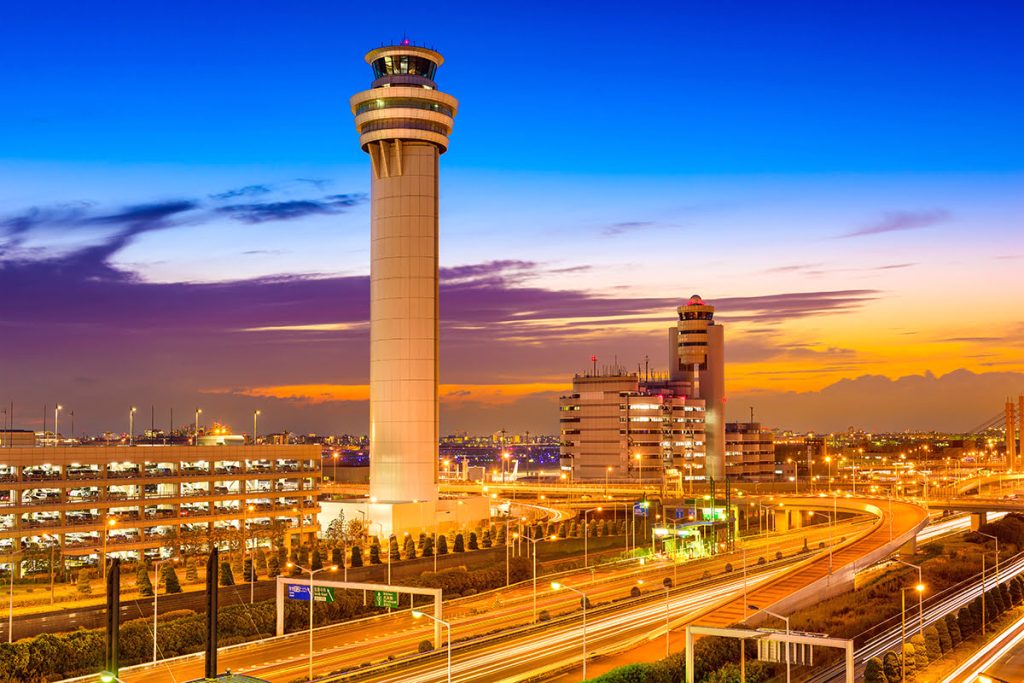
Haneda is closer to the city than Narita, thus transfers are simpler:
| Transfer Option | Time | Cost | Best For |
| Tokyo Monorail | 18 min | $5 | Fastest to central Tokyo from Hamamatsucho |
| Keikyu Line | 13 min | $4 | Perfect for connections to Shinagawa/Shinjuku |
| Limousine Bus | 30-60 min | $6-$12 | Provides direct services to big hotels |
| Taxi | 30-45 min | $50-$80 | Perfect for arrivals late at night |
💡 Best Choice: The Tokyo Monorail is the fastest approach into central Tokyo, while the Keikyu Line is best for those headed west (Shibuya/Shinjuku).
Knowledge Regarding Airport Transfers
🚆 Trains stop running around midnight; thus, should you arrive late, you might have to pay for a bus or taxi. 🛄 Major stations offer luggage storage, so you won’t have to haul bulky bags around. 📶 The airport and some trains have free Wi-Fi, so you may check your route on-demand.
3. Learning Train and Subsidiary Transfers in Tokyo
Reading Tokyo’s Train and Underground Maps Without Feeling Overwhelmed: Strategies
Tokyo’s transport map first seems to be a rainbow of colours and symbols, a spaghetti explosion. Once you can read it, though, everything makes sense. Tokyo’s train maps can be decoded in three easy steps:
Know the Principal Actors.

- JR Lines — Green, Orange, and Blue lines on maps → These are ideal for major districts and intercity travel.
- Must-know loop: the Yamanote Line (green) links Tokyo’s main sites including Shinjuku, Shibuya, and Ueno.
- Tokyo Metro (Red, Yellow, Blue lines) → covers areas outside of JR’s train reach.
- Toei Subway (Dark Blue, Light Green, and Purple lines) → Another underground operator with some handy routes but less often used by visitors.
Check the Station Code.
Every station has a code—Shinjuku for the Marunouchi Line is M-08. Remembering the code helps you to negotiate transfers more easily.
Use Navitime or Google Maps.
Use Google Maps or Navitime instead of learning paths by heart. Enter your destination, and it will indicate which train to take, where to change, and the travel times.
Making Transfers Between JR and Underground Lines
Tokyo’s train and underground systems are run by several companies, unlike many cities. It follows that changing from JR to a tube is not always smooth. The following is to be expected:
✅ You could have to tap your IC card twice; some transfers call for you to leave the gates and re-enter.
✅ Just follow the arrows; the transfer signs are in both Japanese and English and should be taken very seriously.
✅ Allow yourself more time at key stations; big hubs like Tokyo Station and Shinjuku are vast, and you should expect a 5–10 minute walk between platforms.
💡 Pro Tip: For cost savings, a Tokyo Underground Pass could be better than a JR Pass if you regularly travel between several train systems!
Steering Clear of Peak Hour Melt-through
Tokyo’s rush hours—from 5:00 to 7:30 PM and from 7:30 to 9:30 AM—are next-level packed. If you respect personal space, stay away from trains during these times—especially at Tokyo Station, Shinjuku, and Shibuya.
📌 Perfect approach? Go for a smooth ride between 10 AM and 4 PM.
4. Important Transfer Centres and Navigating Strategies
Although Tokyo boasts more than 900 train stations, not all of them are equally significant for transfer purposes. Every visitor should be familiar with five main transfer hubs. These mega stations are absolutely essential for effective city mobility since they link several train lines.
Tokyo Station: Bullet Train Hub
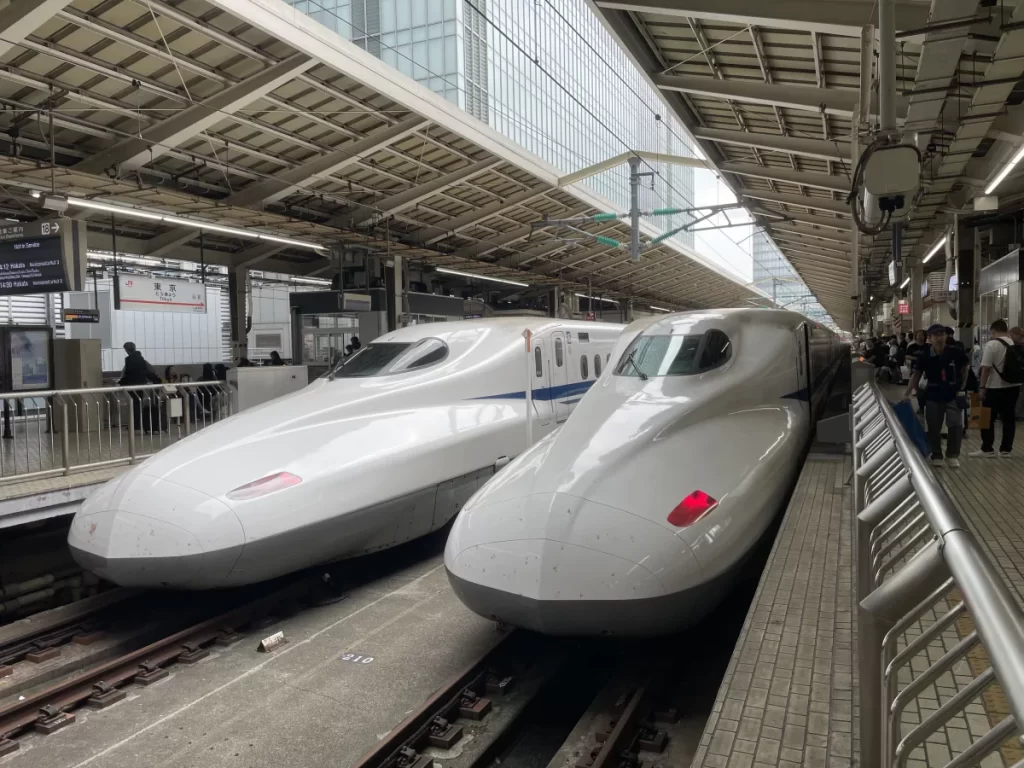
✅ Perfect for: Tokyo Metro connections, JR transfers, Shinkansen—bullet trains.
✅ Key Transfers: Tokaido Shinkansen, Chuo Line, Yamanote Line, Marunouchi Line.
✔ Pro Tip: Follow Marunouchi Line signs if you are switching to the subway; it offers the most direct path to areas like Ginza and Shinjuku.
What could one expect?
- With almost 3,000 trains leaving Tokyo Station every day, it is large.
- Given its several subterranean levels, you should expect to stroll between platforms at least five to ten minutes.
- If you are catching a bullet train, let more time since the Shinkansen area is apart from the local trains.
✨ Insider Tip: Investigate Tokyo Station’s underground food street, “Gransta,” which boasts fantastic bento boxes and sweets, if you have time before your transfer.
Shinjuku Station: The Busiest Train Station In World
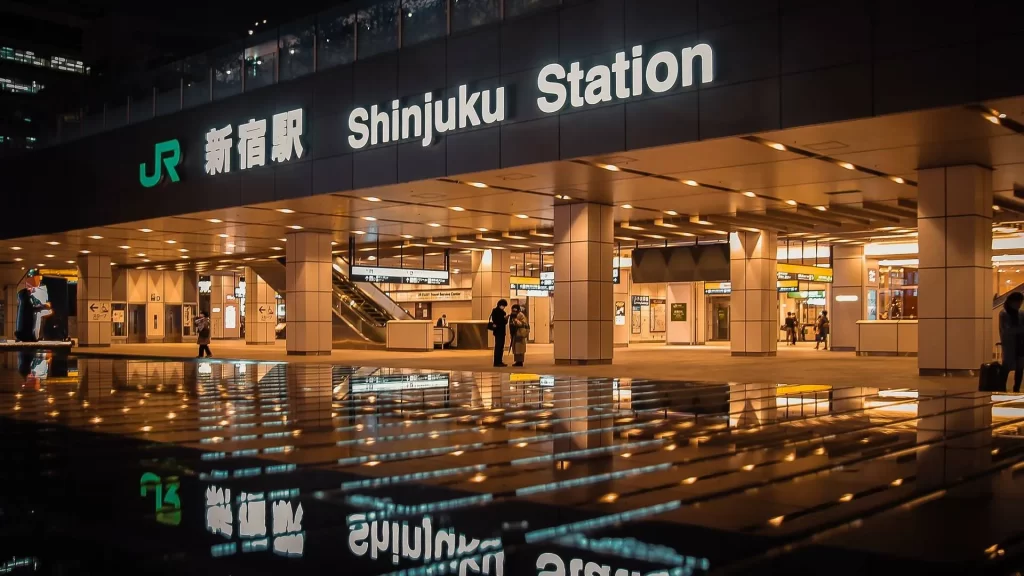
✅ Best For: Investigating west Tokyo and suburban travel options.
✅ Key Transfers: JR Yamanote Line, Chuo Line, Marunouchi Line, Toei Oedo Line.
✔ Pro Tip: Follow indicators for the “New South Exit” to steer clear of the worst throngs.
What could one expect?
- Daily handling 3.6 million passengers, Shinjuku is the busiest train station worldwide.
- For first-time visitors, the station’s more than 200 exits can be perplexing.
- On foot, major sites including Shinjuku Gyoen Park and Kabukicho nightlife area are just minutes away.
💆 Insider Tip: Look for the colour-coded signs—they show every train line and simplify navigation—should you have to transfer quickly.
Shibuya Station: Perfect for Shopping, Nightlife, and Sightseeing
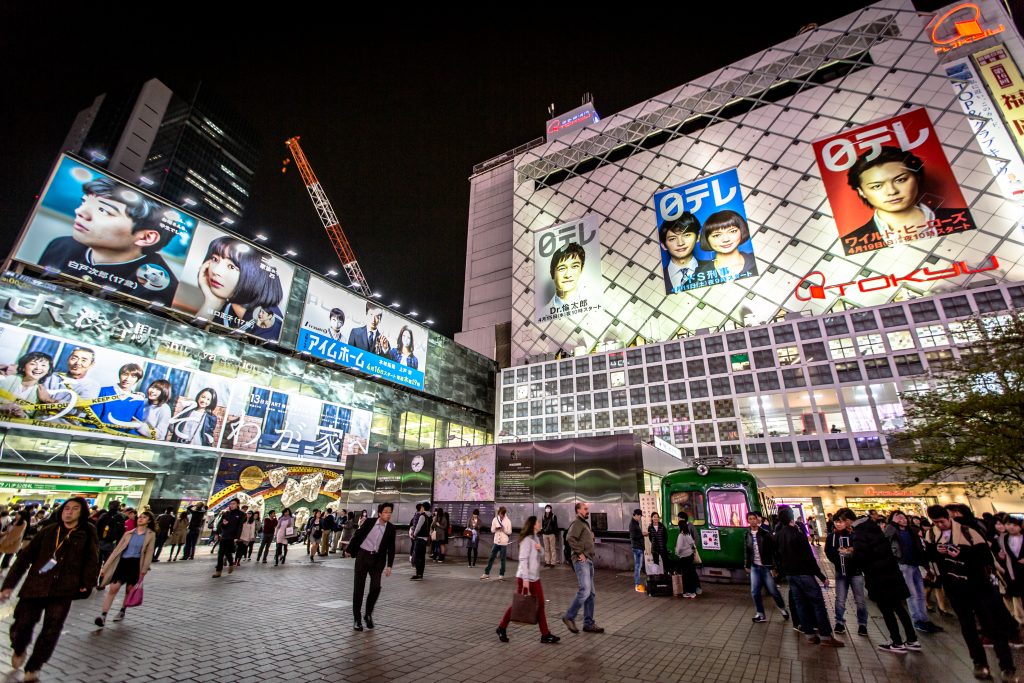
✅ Key Transfers: Hanzomon Line, Tokyo Metro Ginza Line, JR Yamanote Line.
✔ Pro Tip: Get to Shibuya Scramble Crossing in seconds using the Hachiko Exit.
What could one expect?
- Shibuya Station underwent recent renovation to improve transfer flow.
- Directly linked to the station, the Shibuya Sky Observation Deck presents a stunning city view.
- The Fukutoshin Line, Ginza Line, and Hanzomon Line are fantastic for reaching places like Omotesando and Harajuku.
Ueno Station: Door to Northern Japan
✅ Perfect for: Shinkansen to Tohoku, museums, and Ueno Park transfers.
✅ Key Transfers: Tokyo Metro Ginza Line, JR Yamanote Line, Keisei Skyliner.
✔ Pro Tip: Arriving from Narita Airport? Consider the Keisei Skyliner as the fastest way to get to central Tokyo.
What could one expect?
- Ueno Park, the Tokyo National Museum, and Ueno Zoo are nearby attractions.
- Long-distance train travel to northern Japan depends heavily on this station.
- Perfect for aficionados of street food, the Ameya-Yokocho street market is just outside the station.
☺ Insider Tip: Check out the Shitamachi Tanabata Festival in summer if you have time.
Ikebukuro Station: A Gem Hidden in Transfer
✅ Best for: Budget hotels, anime shopping, and Saitama transfers.
✅ Key Transfers: Tobu Tojo Line, Tokyo Metro Yurakucho Line, JR Yamanote Line. ✔ Pro Tip: The shortest path is East Exit if you are heading to Sunshine City.
What could one expect?
- Though it’s a major shopping and entertainment centre, Ikebukuro is less touristy than Shinjuku or Shibuya.
- It boasts excellent budget hotels.
- The Tobu and Seibu Lines link to Saitama, Kawagoe, and even Nagano.
- For anime and manga fans, Animate Ikebukuro is the biggest store in Japan—a must-see!
5. Tokyo Travellers’ Top Transport Passes
Tokyo boasts several rail systems, thus purchasing single tickets for each trip is difficult. Think about getting a transport pass if you intend to quickly and reasonably tour the city.
Tokyo Subway Pass (Best for City Exploration)
💰 Price: Covers Tokyo Metro and Toei Subway lines.
- 24-hour pass → $6
- 48-hour pass → $9
- 72-hour pass → $12
JR Tokyo Wide Pass (Ideal for Day Trips)
✅ Covers all JR trains in Tokyo plus nearby (Mt. Fuji, Nikko, Karuizawa).
💰 Three days → $74
💡 Insider Tip: Not required if you are just staying in central Tokyo.
Suica / Pasmo IC Cards (Best for Flexibility)
✅ Works on all trains, subways, buses, and vending machines.
💡 Insider Tip: Get a Suica card at the airport to cut through train station queues.
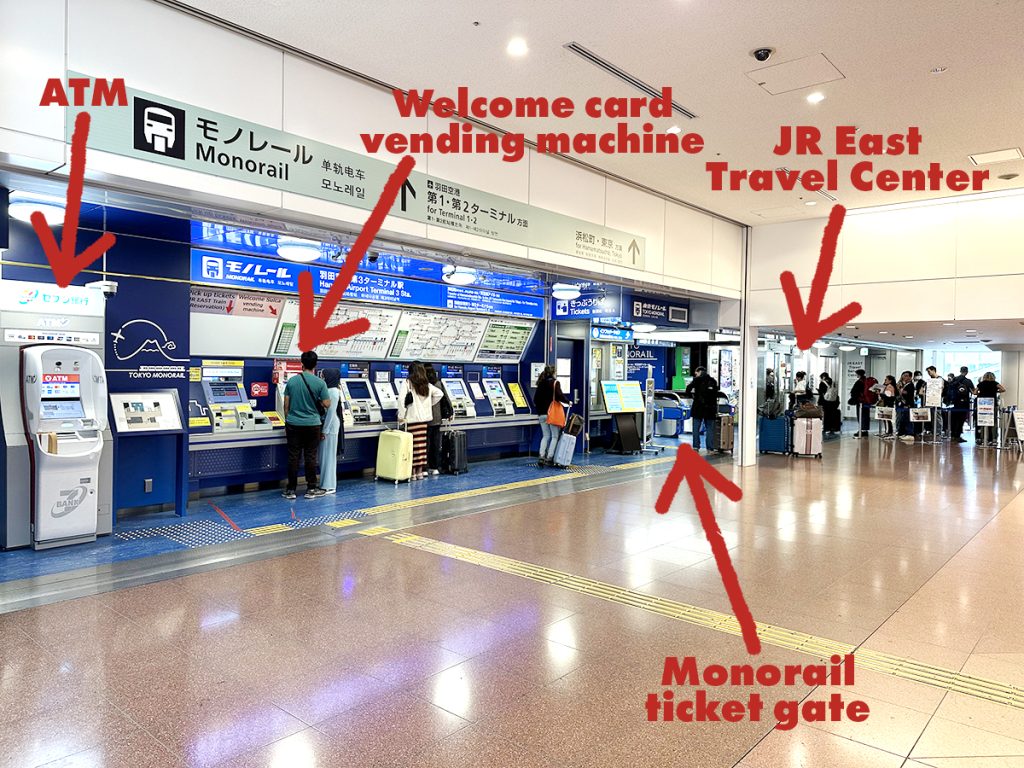
6. Evaluating Three Different Transportation Choices: Buses, Taxis, and Bicycle
Though they are quick and reliable, Tokyo’s trains are not always the best choice—especially if you’re heading to a location far from a station, late at night, or simply want another experience.
In terms of comfort, availability, fun factor, and drawbacks, buses, taxis, and biking vary as follows:
| Travel Mode | Comfort Level | Availability | Benefits | Fun Factor | Drawbacks |
| Buses | Modest | Good, but not as fast as trains | Affordable, covers places lacking train stations. | Seeing the city at street level | Timetable-based, not best for great distances |
| Taxis | High | 24/7, readily available in metropolitan areas. | Direct to your final location; no transfers are required. | Pleasant journey, ideal for groups | Expensive fares begin at almost $4.50 before distance charges. |
| Bicycles | Moderate to high | Bike rentals are rather common. | Environmentally friendly, stays clear of congestion. | Interesting approach to investigate at your own speed. | Not great in congested places like Shinjuku. |
Let’s explore further when and how best to apply each alternative.
Riding the Bus in Tokyo: When and How Should I Use It?
Ideal for short-distance travel in places lacking train stations—such as residential neighbourhoods like Roppongi—in
✅ Fares: $1.50 flat rate each ride. ✔ Pay either exact cash or Suica/Pasmo IC cards (no change given).
When should one choose buses above trains?
- You need a direct path and are staying in a residential area or close to shrines like Asakusa.
- You want a cheap means of mobility devoid of several transfers.
- You’re heading off-peak to escape congested roads.
Check real-time schedules using Google Maps or the Tokyo Bus Navi app.
Insider Tip: Tokyo’s taxis are a handy but expensive choice.
When would one want to take a taxi rather than a train?
✔ Late at night; trains stop running about midnight!
✔ Carrying bulky bags;
✔ Travelling in groups of three to four people; splitting the expenses makes sense.
✔ Heading to homes or hotels without direct train access.
💰 Taxi Prices: How Much? Base fare: ~$4.50 for the first 1.1 km then ~$1.10 every extra 300m. Late-night fares—from 10 PM to 5 AM—are 20% higher. Most taxi drivers do not speak English, thus have your destination written in Japanese or show them using a map app.
Riding a bike in Tokyo offers an interesting approach to see the city.
🚴 Perfect for at your own pace investigating more sedate areas including Yanaka, Nakameguro, and Asakusa. 😐 Regular bikes cost $5–$10 each day; e-bikes run about $15–$20.
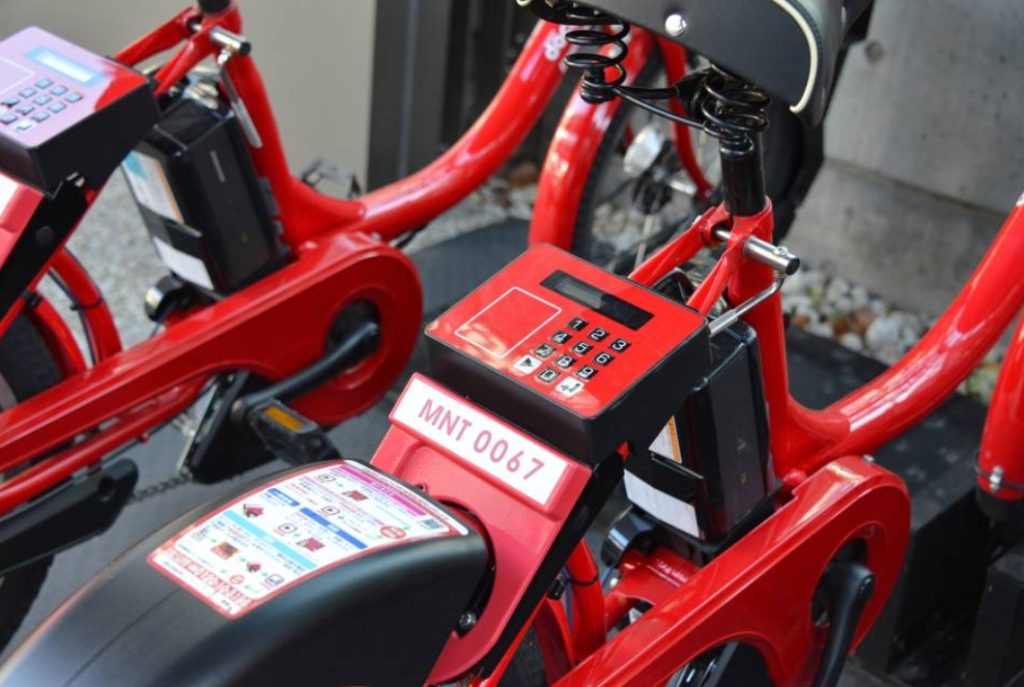
😆 Bicycle Renting Services:
- Docomo Bike Share: Spread over Tokyo with several points of pickup and drop-off.
- Hello Cycling is ideal for suburban environments. 🚦
- Tokyo bike rules:
- ✅ Ride on the left side of the road (NOT the pavement).
- ✅ Park just in approved bike parking spaces; parking in the incorrect location could cause your bike to be impounded!
Tokyo gets hot and humid, thus if you ride in the summer, pack a water bottle.
7. Major Errors to Steer Clear of Using Tokyo’s Transportation System
Even seasoned visitors in Tokyo make mistakes that cause time lost, annoyance, or unneeded expenses. The most often occurring transport errors are listed here together with tips for avoiding them.
First mistake: not obtaining an IC card (Suica or Pasmo).
Purchasing one-time single-use paper tickets each time squanders money and time. ✅ Solution: At the airport, pick up a Suica or Pasmo card—these are accepted on trains, buses, even vending machines!
The second mistake is not allowing enough time for transfers.
At large stations like Shinjuku or Tokyo Station, thinking “I only need 5 minutes to change trains” is rather simplistic. ⅆ Solution: Give yourself at least ten minutes to locate platforms, follow signs, and negotiate throngs.
Third mistake: riding trains during rush hour
Caught between 5:00–7:30 PM or 7:30–9:30 AM in a packed train. ❅ Solution: For a seamless ride, travel 10 AM to 4 PM.
The fourth mistake is thinking all train lines are the same.
Attempting to move between JR and Metro lines from the same gate—they are separate companies! ✔ Solution: Watch signs closely; you might have to leave and re-enter under a different ticket.
8. Late-Night Transfers: Getting About Tokyo After Midnight
Although Tokyo’s last trains leave around midnight, your evening is not over! Should you miss the last train, follow this guide:
The easiest—but most costly—choice is to take a taxi. Use Late-Night Buses: Check Toei Bus schedules to find some routes running until two in AM. 🏨 Look for a fun and reasonably priced capsule hotel for an overnight visit.
💡 Pro Tip: Before you start drinking, find out when the last train leaves Shinjuku or Roppongi, where you intend to go late at night!
9. Designing Your Tokyo Transfers Like a Pro: A Methodical Manual
Want a stress-free Tokyo travel? Use this detailed guide for flawless moves.
First step: At the airport get your IC card.
At Narita or Haneda Airport, pick a Suica or Pasmo card.
Step 2: Plan your main transfers ahead of time.
Check paths using Google Maps or Navitime before leaving your hotel.
Step 3: Avoid Peak Hours & Give Yourself Extra Time
Travel outside rush hour (10 AM – 4 PM).
Step 4: When Necessity Calls for Alternative Transportation
Short trips in buses, late-night cabs, and fun city rides by bike.
Though Tokyo’s transport system seems complicated, once you know the secrets, getting about is simple. This Guide to Tokyo Transfers has everything you need to travel like a pro whether your method of transport is the train, bus, taxi, bike, or otherwise.
Having the best advice now, are you ready to see Tokyo? 🚆✨
